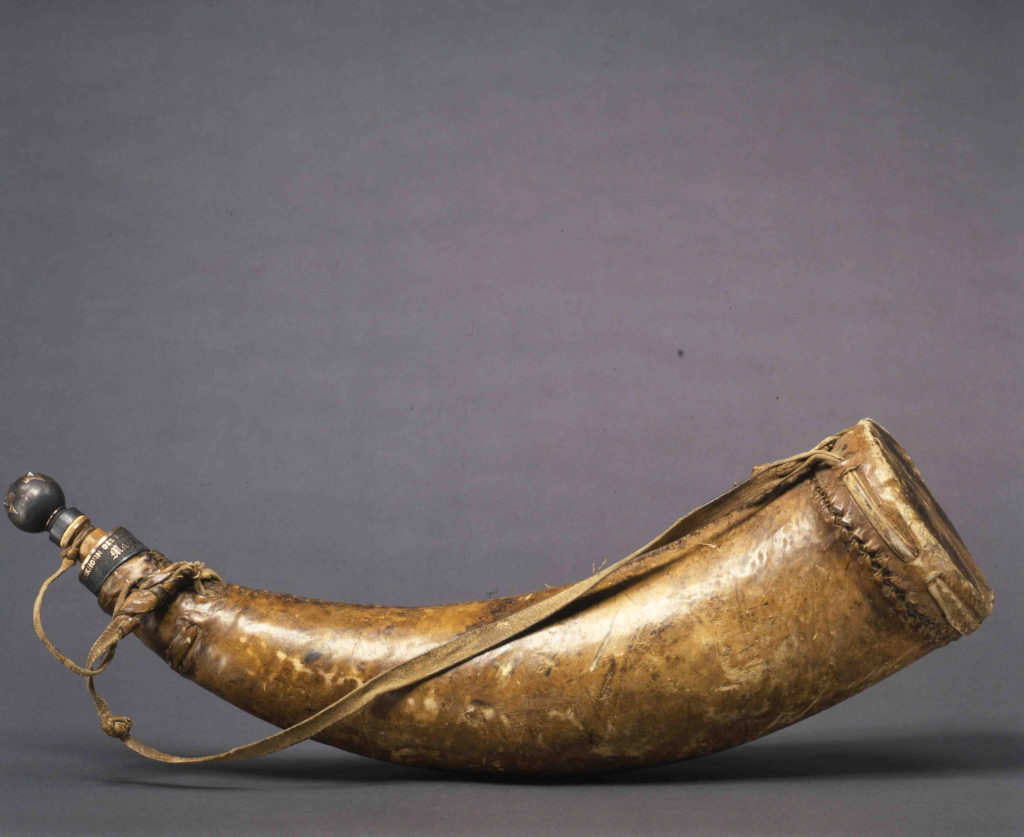What: A cloak made of silk, gold, silver and cotton
Where: The Ethnological Museum of Berlin, Takustraße 40, 14195 Berlin, Germany
This appears to be at one of a group of similar robes, cloaks or mantles from Magdala currently split up in the store rooms of The British Museum, The Cambridge Museum of Archaeology and Anthropology and The Ethnological Museum of Berlin. See the ones we have tracked down here.
The Berlin database entry, which has several detailed images, gives details on the collection and suggests Emperor Tewodros initially commissioned them to send as presents to Queen Victoria:
“see. Acting procedure E 701/1868, sheet 2:
The Vice-Consul of the North German Confederation, Nerenz, writes from Cairo on June 19, 1868 to the Chancellor of the North German Confederation, Bismarck, and gives the advice, objects that the missionaries Ch. F. Bender, Th. Waldmeier, and J. Mayer from Ethiopia brought with them , for the ethnogr. and hist. to acquire collections. Things:
1. the tent of King Theodoros (Waldmeier);
2. a saddle of King Theodoros (Bender);
3. a lady’s coat (Mayer). An Abyssinian so-called queen’s mantle (worn) of silk fabric, colorfully embroidered at both edges and richly hung with silver dangles and cords. On the shoulders and on the back there are two large rosettes each of precious filigree work. At the front the coat is closed by a big silver lock, also with filigree of excellent work. The owner J. Mayer demands 300 Maria Theresien = Thaler.
As for the authenticity of the aforesaid objects, it seems certain, since it is notorious that the three missionaries mentioned were in the immediate vicinity of the king, with whom they always had friendly relations. Possibly the gentlemen on the orders of His Majesty in Abyssinia, Count Seckendorff (odor Soitaondorff), Lieutenant Stumm and Drs. Rohlfs can provide reliable information. As for the mantle mentioned in chapter 3, there is a similar one also in the possession of the missionary Saalmeyer, who has traveled to Jerusalem, and in the whole there are 8 such coats. Theodorus had ordered her in the famous filigree workshops at Adoa as wedding dresses for the English queen, if you should listen to his advertisements. After these hopes had been shattered, however, he gave them in a simplified manner to the most distinguished women in the country, to which the wives of the aforementioned missionaries (“Abessynians of birth”) were counted. Two of these coats were purchased by Lord Napier and sent to Her Majesty the Queen of England as trophies to London.
As regards the prices demanded, they do not appear to be high;
…. The owners wish … that the gn. Items for a patriotic collection would be acquired. ….. Signed Nerenz ….. “.
Acquisition of these pieces does not materialize.
“Cf. Act. 751/68: the saddle is offered again, for 500 marks. Purchase is rejected.
“Cf. Act. 268/70: Letter of the Missionary Society to Basel (Chrischona) of March 14, 1870: … “Of old King Theodore of Abyssinia became one of our missionaries and his wife
1 with rich embroidery and with silver = u. Filigree work richly decorated
Lady’s coat awarded as special award (a kind of aristocratic award)
can only be lent by the king … ((Saddle is also offered!))
both have a value of Thn. 700, -representative ….. made a present ….
Purchase is rejected.”
Details:
Karl Heinrich Saalmüller (29.11.1829 – 1906), collector
Silk, gold, silver, cotton
ID No. III A 566


